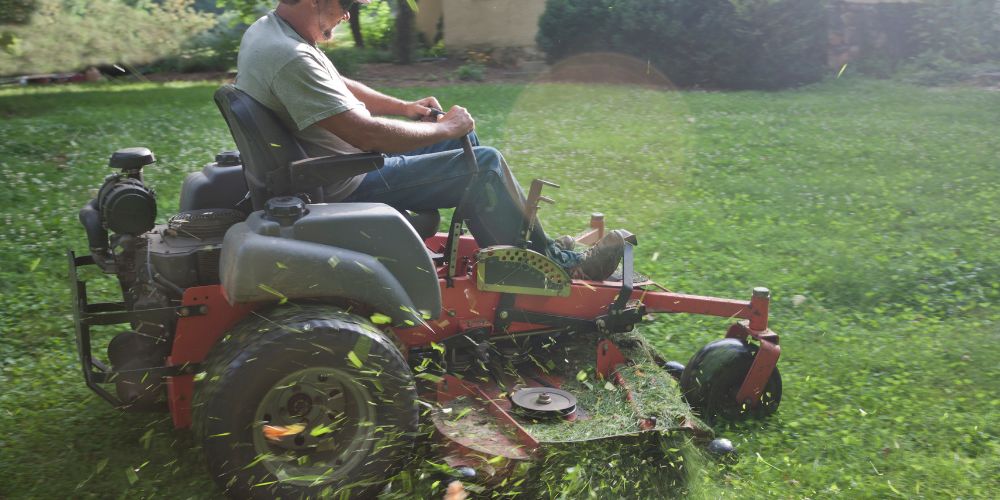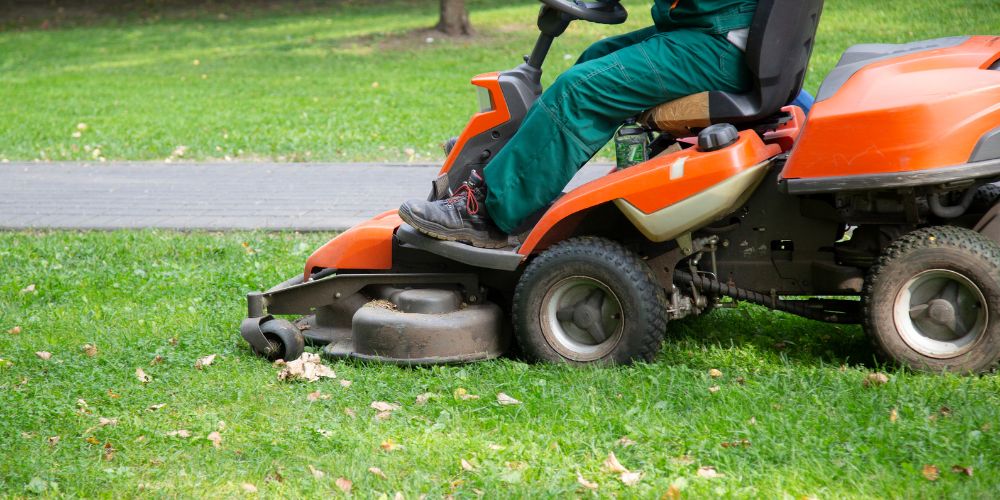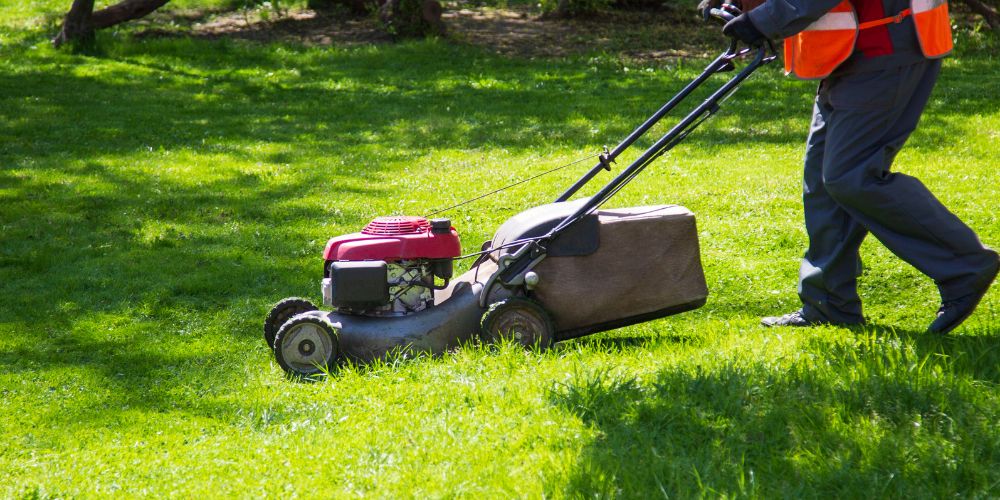Overview
Ride-on mowers are a must-have for anybody who has a large lawn or garden. Mowing using these equipment is faster, simpler, and more efficient. The engine size, cutting width, and transmission type are all important considerations in ride-on mower performance. Furthermore, the kind of terrain and grass being mowed might have an affect on their efficiency.
How Ride-On Mowers Work?
Ride-on mowers, often known as lawn tractors, are a must-have for individuals who have vast lawns or gardens. Mowing using these equipment is faster, simpler, and more efficient. The following are the main elements that influence the performance of ride-on mowers:
Engine size
The engine is the engine’s heart, and its size and power dictate how quickly and efficiently the machine can mow. A bigger engine provides greater power and speed, allowing the mower to easily handle rougher terrain and thicker grass.

Ride-on mower engines typically vary from 10 to 30 horsepower. When selecting a ride-on mower, consider the size of your lawn as well as the type of grass you’ll be mowing to ensure you get an engine with adequate power to get the job done.
Cutting width
The cutting width of a ride-on mower refers to the width of the mower deck, which is the section of the machine that contains the cutting blades. A larger cutting width allows the mower to cover more territory with each pass, decreasing the time required to mow vast areas.
Ride-on mowers generally have cutting widths ranging from 30 to 60 inches. A broader cutting width, on the other hand, may not be suited for smaller lawns with tight areas or obstructions.
Transmission type
Ride-on mowers have either a manual or automatic transmission. A manual transmission needs the operator to manually shift gears, whereas an automated transmission switches gears based on the speed of the mower.
Some ride-on mowers also use hydrostatic transmissions, which transfer power from the engine to the wheels via fluid rather than gears. Hydrostatic gearboxes are more costly yet give a smoother ride.
Terrain and grass type
The kind of terrain and grass being mowed can also have an influence on a ride-on mower’s performance. Rough terrain, hills, and uneven ground can be difficult for certain ride-on mowers, so select a machine with a strong frame and adequate grip.
Furthermore, various varieties of grass may necessitate different cutting heights and blade settings, so choosing a ride-on mower with adjustable cutting height and blade settings is critical to ensuring a clean, equal cut.

FAQs
1. How do ride-on mowers work?
The engine of a ride-on mower powers the blades that cut the grass, while the gearbox moves the machine forward or backward. The operator sits in a seat and controls the mower’s direction with a steering wheel or levers.
2. How often should I maintain my ride-on mower?
Regular maintenance is essential for keeping your ride-on mower in excellent operating order. It is advised that the oil and air filter be changed after 50 hours of usage, the blades be sharpened at least once a year, and the tire pressure be checked before each use.
3. Can ride-on mowers be used on hills?
Some ride-on mowers are intended for usage on hills and rough terrain, while others are not. It’s critical to check the manufacturer’s specifications and select a mower suitable for the terrain you’ll be mowing.
Conclusion
Ride-on mowers are a must-have for individuals who have vast lawns or gardens. The engine powers the blades that cut the grass, while the gearbox moves the mower forward or backward.
When selecting a ride-on mower, consider engine size, cutting width, transmission type, and the sort of terrain and grass you’ll be mowing. Regular maintenance is also necessary to maintain your ride-on mower in functioning order.



